Headlines have a habit of finding the Conservative politician Jacob Rees-Mogg.
Usually they relate to a colourful bit of verbosity. Combined with his top hat and coat tails, he’s not nick-named the member for the 19th Century for nothing.
Yet this week he made the news by, well, telling the truth.
In an interview with Sky News he admitted that the Conservatives attempts to “gerrymander” last week’s local government elections had “come back to bite them.”
This all relates to a plan which the Conservatives introduced, and Mr Rees Mogg supported, to make it a requirement that people show photographic ID cards when they go to vote.
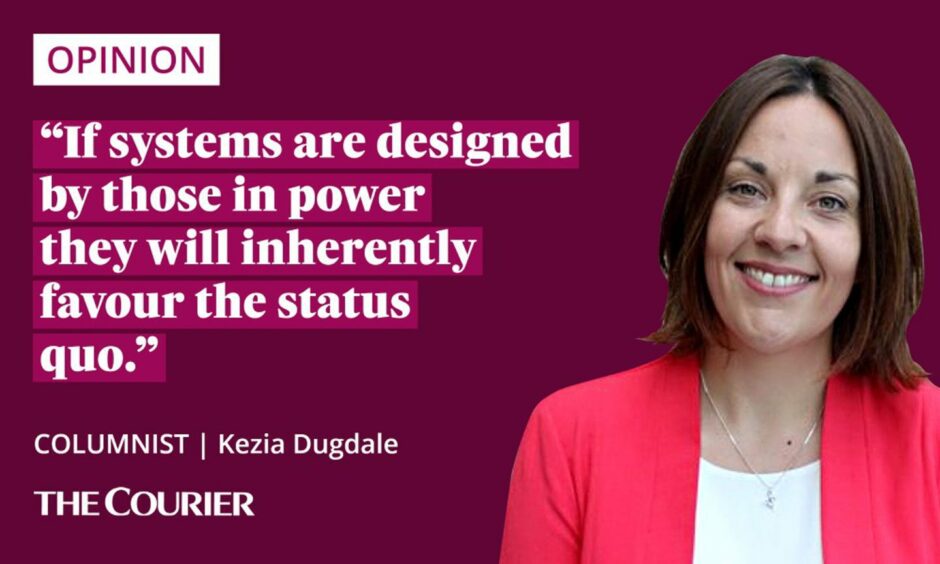
The voter ID policy was implemented for the first time during the English local council elections.
Rees-Mogg’s comments would appear to suggest it was indeed an attempt to make it harder for young people and poor people to vote.
These are the two cohorts in society most likely to vote Labour and least likely to have photographic ID in the form of a passport or a driving licence.
There was a great deal of concern from democracy and fair vote campaign groups that this policy would disenfranchise hundreds of thousands of voters.
However, a week on from those elections, it’s very hard to know what the impact was, because no record was taken of who turned up at the polling station but failed to cast a ballot paper.
Voter ID change did not result in Tory gains
Even with this attempt to bend the rules to the advantage of the ruling party, the Conservatives still managed to lose more than 1,000 council seats last week, far surpassing their own worst case scenario.
It seems that, in reality, older, wealthier people were just as likely to get to their local polling station, realise they had left their passports at home and not feel overly moved to go back and get it.
While we can giggle a little at the schadenfreude of a duplicitous plan going awry, we also need to know and understand what this might mean for next year’s general election, because these rules will apply in Scotland then too.
Let me be clear, I’m a long standing supporter of electoral reform.
I happen to think that all votes should count and they should count equally.
That’s why I want to see proportional representation used for all elections, so that voters can use their voice for the person they want to win and know that, if they don’t, the second preferences will still have value.
I’d like to think we could reduce the need for tactical voting, with vast swathes of people having more of a choice than their least worst option.
Jacob Rees-Mogg has admitted the introduction of mandatory Voter ID was a deliberate attempt to manipulate electoral outcomes in favour of the Tories.
This means ministers lied about their intentions!
So, should I report this to the Standards Commissioner – or to the police?👇🏾 pic.twitter.com/wVQ1v3U2A8
— Dawn Butler MP✊🏾💙 (@DawnButlerBrent) May 16, 2023
I also think there is something fundamentally wrong about elections being decided, and therefore manifestos written, on the basis of a few swing seats, often in predominately middle class communities.
Meanwhile, the votes that mount up in five-figure majorities in much of Scotland and inner city England count for nothing and amount to very little political progress.
Change is needed, just not voter ID
That’s all about the system we use, but what about the process itself?
Why, with all the advances in technology that we have witnessed in this age, do we still get a card in the post telling us to vote at our nearest library or community centre?
Why can’t I vote in the supermarket or at the train station?
And why do we make it so hard for people to vote?
Oh, wait. Perhaps that’s deliberate too.
If systems are designed by those in power they will inherently favour the status quo.
The policy demanding we show photo ID in order to exercise our right as citizens is a regressive step. But it should be enough to make more of us sit up and notice.
We don’t just need to show our face, we must also ensure that every voice is heard.
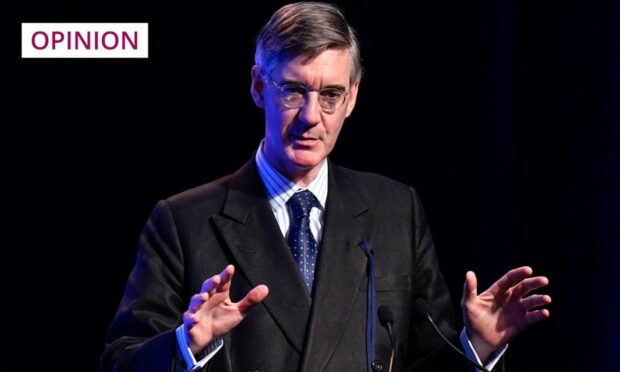
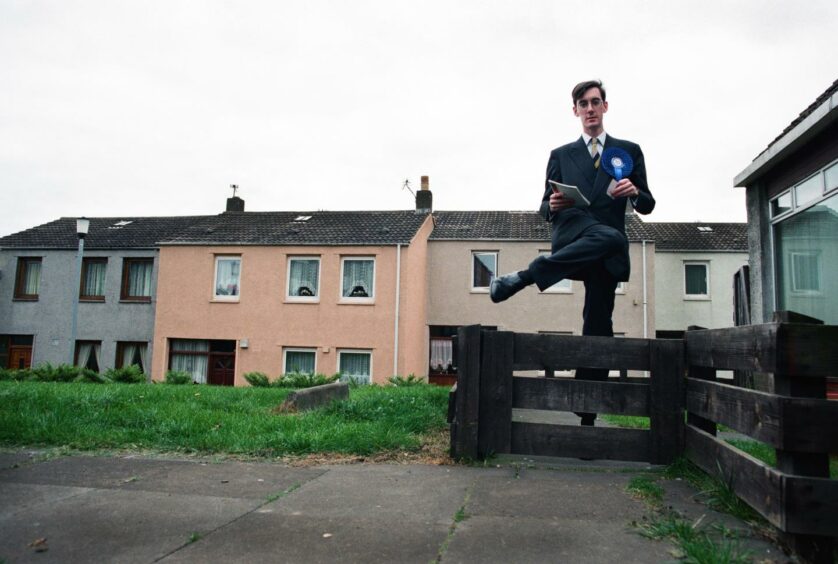
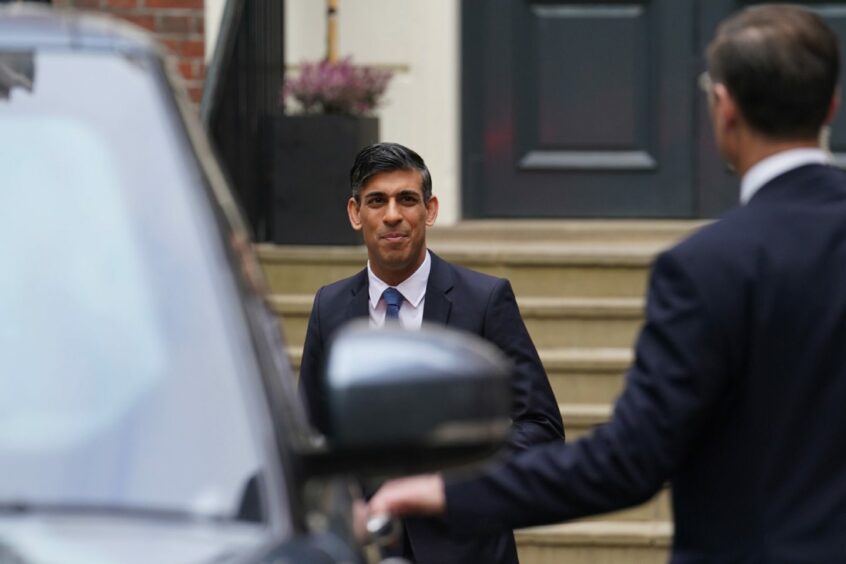
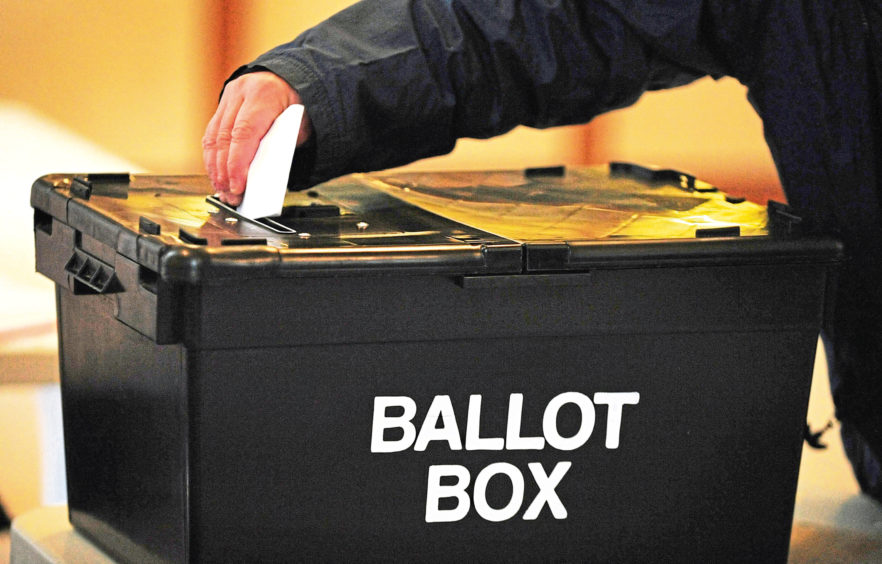










Conversation